In Service with LVA, RNlNAS and NEIAF.
In service with LVA.
The first Fokkers D.VII were interned at the end of the first world war.
The first one was built by Albatros and landed on 15 October, 1918 near Ijzendijke. It was test flown on November 9, 1918 and entered service with registration F227.
The second and third D.VII, were part of a group of six aircraft that were on their way back to Germany. They made a landing on November 13, 1918 near Stein and entered Dutch service with registrations F228 and F229, respectively.
These interned Fokkers were not bought and their fate is unknown.
The LVA needed a standard fighter en had contacted Trompenburg in the summer of 1918. Trompenburg was developing the Spijker V.3 fighter. There was a contract for the delivery of 78 V.3 fighters, and 188 V.4 scouts. both to be equipped with the LeClerget 130 hp powerplant. The RNlNAS had ordered 20 V3 fighters to replace the Thulin K. The NEIAF later also ordered for the supply of two V.2 training aircraft, six V.3 fighters and six V.4 scouts.
Delay in delivery due to problems during the development and construction and the unit was already obsolete.
The V.3 was not until the summer of 1919 ready, but did not even come in performance and was not constructive in order.
At that time Fokker returned to the Netherlands, and succeeded, to take [with the knowledge of the German customs authorities] a large number of aircraft, including 120 and 60 Fokker D.VII Fokker CI , as well as a large amount of materials and means of production.
Wijnmalen, director of Trompenburgstraat and Fokker agreed that Fokker would supply 188 D.VII's and 98 C.I's.
In May 1919, two D.VII and one CI were unexpectedly demonstrated at Soesterberg. The display Spijker V.3 followed in June 1919, so that a proper comparison of the types could be made.
In October 1919 a new contract was signed with Trompenburg for the supply of 164 engines, of which 40 Mercedes D.IIIaü,rated 180 hp and further 124 BMW IIIa rated 185 hp plus 92 Fokkers C.I and 72 Fokkers D.VII.
Later, another contract for the delivery of 20 Fokkers D.VIIF for the RNlNAS followed.
In early November 1919, the aircraft division of Trompenburg was abolished and there was a lot of wrangling about tje compliance of the contracts.
In the end 20 Fokkers D.VII plus 60 Fokkers C.I were delivered to the LVa plus 20 examples to the RNlnAS later another six examples were delivered to the NEIAF.
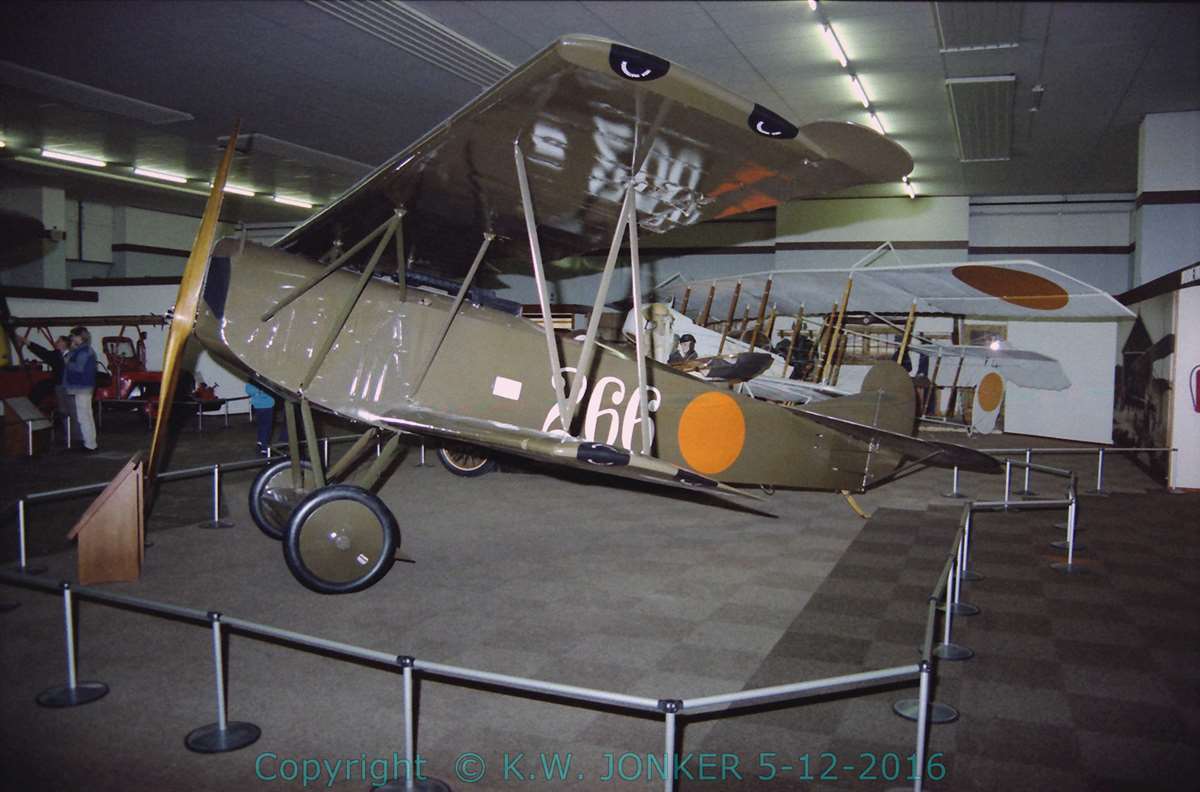
Restored Fokker D.VII with serial 266, photographed in 1987 in the Militaire Luchtvaart Museum at Soesterberg.
The first ten aircraft for the LVA were equipped with a Mercedes D.IIIaü motor, the other ten examples had the BMW IIIa.
Homebuilt examples
Quite soon the 255 and 267 were written off due to a crash. In the spring of 1921 the Technical Department of the LVA built a new aircraft from spare parts and parts of these two aircraft and entered service with registration 270 employed.
In 1926 was followed by a second example, which was also built out of spare parts and parts from crashed aircraft and entered service with serial 271.
Weather Flights
From the beginning of Jaen 20 were in favor of the KNMI in The Bilt meteorological flights operated. Almost every day increased a Fokker D.VII, with a meteograph under the wing and climbed to around 6000 level. Between 1920 and 1933, 4195 of such flights made.
Modernization.
Initially, the Fokker D.VIIs were equipped with two Spandau machine guns. The Dutch army (and navy) chose in 1922, however, the 7.9 mm Vickers machine gun like standard machine gun, which was designated as Aircraft Machine Gun M.18.
In 1926 twenty BMW IV engines 250 HP were purchased to replace. The now obsolete and worn D.IIIaü Mercedes and BMW IIIa engines [The BMW IIIa was no longer in production; The BMW IV was actually the same engine as the BMW IIIa, but with a larger cylinder volume.
In practice, the new engines turned out to be the BMW IIIa, less reliable, which earned the higher power no significant improvement in performance. In any case, the Fokker D.VII 250, 251, 256 t / m 259, 265 and 271 were equipped with the new engine.
In service with RNlNAS (= MLD).
The D.VII's were delivered in 1920. These equipped with BMW IIIa engines, so these aircraft were Fokkers D.VIIF.
In 1925, the RNlNAS bought 25 BMW IV engines to replace the BMW IIIa of the remaining Fokkers D.VII. Except the engines some other modifications were added, such as a retractable radiator, a headrest and another cowling.
In 1930 the Technical services built a new Fokker D.VII from available spare parts. This aircraft was registered D-40.
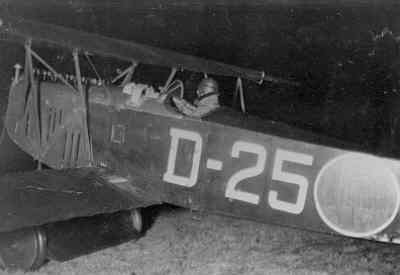
[Enclosed photo from BeeldBank NIMH. Click on photo for ordering information]

[Enclosed photo from BeeldBank NIMH. Click on photo for ordering information]

[Enclosed photo from BeeldBank NIMH. Click on photo for ordering information]
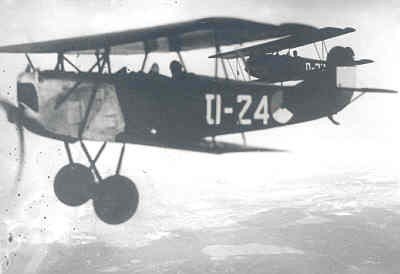
[Enclosed photo from BeeldBank NIMH. Click on photo for ordering information]

[Enclosed photo from BeeldBank NIMH. Click on photo for ordering information]

[Enclosed photo from BeeldBank NIMH. Click on photo for ordering information]
Note the roundels on the wings!

[Ingesloten foto van BeeldBank NIMH. Klik op de foto voor bestel-informatie]
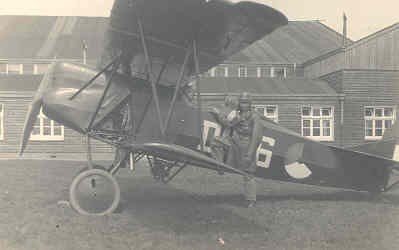
[Enclosed photo from BeeldBank NIMH. Click on photo for ordering information]

[Enclosed photo from BeeldBank NIMH. Click on photo for ordering information]

[Enclosed photo from BeeldBank NIMH. Click on photo for ordering information]
In Service with ML-KNIL.
The Fokker D-VII entered service in 1922 and was equipped with an Armstrong-Siddeley Puma rated 230 hp.
The main reason for the use of this engine was that the same engine was in use with the DeHavilland DH-9.
The first flight on this configuration was February 25, 1921. The aircraft crashed from a height of about 80 m because of an engine failure. A second test on April 27, 1921 was successful.
The Fokker D.VII was withdrawn from use in 1926, because it was rather disappointing. Many problems occurred with the engine and the synchronisation mechanism.
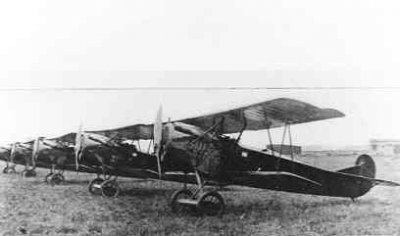
[Enclosed photo from BeeldBank NIMH. Click on photo for ordering information]

[Enclosed photo from BeeldBank NIMH. Click on photo for ordering information]
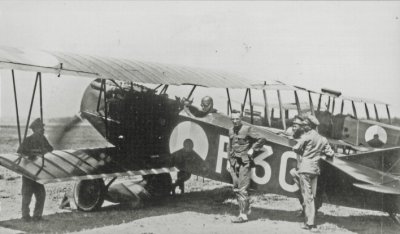
[Enclosed photo from BeeldBank NIMH. Click on photo for ordering information]
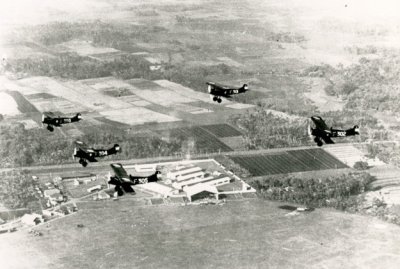
[Enclosed photo from BeeldBank NIMH. Click on photo for ordering information]
 Nederlands (nl-NL)
Nederlands (nl-NL)  English (United Kingdom)
English (United Kingdom)